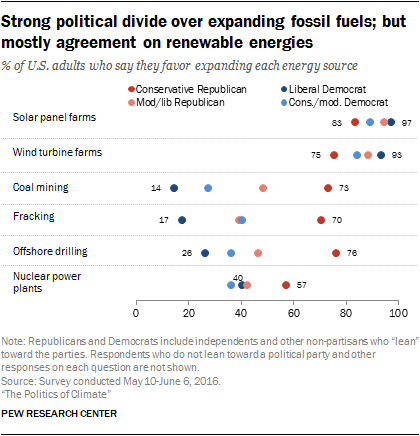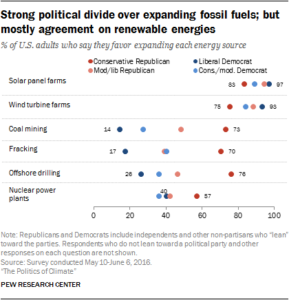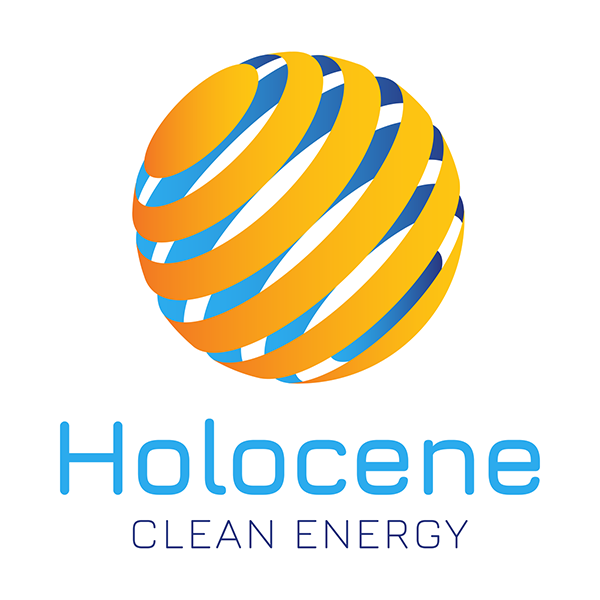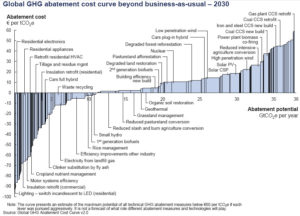It can be tempting to operate as though our Halloween candy didn’t exist before it ended up in those pumpkin shaped baskets, clutched tightly by mini Bat-Man or Princess fingers on a chilly October night. But, from farmers, to factories, to packaging, to trick-or-treaters, our super-size bars had a whole life before us. As we ravage grocery aisles and knock on doors for candy this year, let’s stop and think – where does our candy come from? How was it sourced? How were lives impacted? How was the earth impacted? If you are what you eat, then this Halloween matters, and we can be inspired by Mars’ approach to sustainability.
This month we take an inside look at Mars, the confection company behind M&Ms, Snickers, Milky Way, Twix, Skittles, and so many other beloved candies. They are paving the way for sustainability in the confectionery industry across all manufacturing and sourcing efforts. Mars is one of the only global manufacturers that makes their own chocolate, roasts their own peanuts, and has brought the whole process in house. Molly Delp, Investment Manager and Venture Strategy Associate at Mars shared about sustainability across all of Mars’ manufacturing and sourcing efforts and the impact that it has on all functions and associates within the company.
Mars has thousands of smallholder farmers in its supply chain, as it moves away from traditional commodity sourcing. These farmers have small plots of land on which they grow subsistence crops and one or two cash crops relying almost entirely on family labor. By doing this, Molly stated, “we are able to bring sustainability into our company all the time when other suppliers are outsourcing these efforts.”
“Doing good leads to doing well” has become a company motto, taken seriously at Mars. This “mutuality” is one of the five guiding principles of Mars’ business practices; rooted in the belief of a symbiotic relationship in which “a company can only do well in the long run if everyone it touches in the supply chain is also doing well,” says Barry Parkin, Chief Procurement and Sustainability Officer. In line with this is Mars’ “Sustainable in a Generation” plan, composed of three ambitions – Healthy Planet, Thriving People, and Nourishing Well-being.
Mars calls both its competitors and other industries to a higher standard as it looks to the sustainability of the entire supply chain, in addition to direct operations. Mars looks for ways to reduce energy demand through energy efficient technology, works with employees to optimize the operation of energy-using equipment to minimize waste while improving productivity, and invests in innovation to continually rethink the manufacturing process.
As Mars raises the standards in the confectionery industry, it certainly has an impact on other companies. As a pioneer in their industry, Mars partners with some of its biggest competitors in the industry, such as Hershey and Mondelez, to sustainably source ingredients, proving that there is a place at the table for doing the right thing for the planet, and linking arms to for the biggest impact.
“If our ingredients aren’t sustainably sourced today, we won’t be the only ones out of business,” Molly shares. Noting the mutuality of environmental issues, “Working in chocolate specifically, there’s a lot of issues around sourcing, and fair-trade practices.” In fact, Molly says, “we are facing the potential of a chocolate deficit in the next 20 years.”
To combat this deficit and protect the most vulnerable (smallholder farmers) in the supply chain against climate change, Mars, IBM, and the US Department of Agriculture launched the “Mapping the Cocoa Genome” project. Through this, breeders can identify traits of climate change adaptability, enhance yield, and efficiency in water and nutrient use. In alignment with Mars’ commitment to partnership with its industry, this project was made publicly available. This project allowed Mars to work with its competitors, specifically in chocolate, on how to make it a more sustainable category to operate in.
Being a family owned business, “we don’t have to answer to Wall Street.” The company is the sixth largest privately held company in the U.S., and is expanding with manufacturing facilities, offices and retail locations in almost every country in the world. The Mars family makes long-term choices that allow sustainability of both the environment and the company. Often sustainable choices are not the cheapest option, but Mars doesn’t have to choose the cheapest option because they are investing for the next ten to twenty years, rather than quarter to quarter.
On a corporate level, Mars is looking for solutions to decarbonize its energy supply, working with developers and utilities to procure renewable energy through power purchase agreements (PPAs). Winston Chen, Mars’ Renewable Energy Developer, speaking on the company’s preference for PPAs, states “Mars is good at making chocolate and pet food, but we’re not an expert in producing power.” Corporate PPAs, off-site distributed generation agreements between developers and off-takers, are becoming more and more common among businesses of all sizes. Kyle Harrison, who studies corporate energy strategy at BNEF, calls the move to PPAs “the biggest overall trend in company strategies in the [renewable energy] space,” and notes that companies want to incentivize new build, and to be able to point to specific projects.
Chen continues,
“In today’s world, more and more people are focusing on making a lot of money, but they’re not doing the right thing in terms of minimizing their impact on the environment. This is a big risk to a company’s reputation. I truly believe our renewable energy investments have improved our company’s standing in the world in terms of being a sustainable and responsible company. That’s very important to us, not just from a customer standpoint, but also because our associates care about what we can do as a company to minimize our impact.”
Molly concludes, “in my opinion, Mars really doesn’t talk about their sustainability enough – we do a lot that consumers don’t even know is happening. Today, there are so many brands that are founded on sustainability, because consumers believe in sustainable sourcing and the ethics behind it. We do all of this – not to be able to talk about it, but because it’s the right thing to do. A lot of companies talk a big game, but Mars is one of the companies that doesn’t talk a big enough game, compared to the impact they are having in the space.
Mars is not only procuring renewable energy on a massive scale (and has big goals set ahead), but also is calling its’ associates, consumers, and value chain to reflect on their own actions and chose to live sustainably, in every aspect of the word.
As we sit and enjoy our peanut M&M’s this year, let’s stop and reflect on all the sustainable choices that have been made, the smallholder farmer lives enhanced, the energy saved, up to our consumption. Even our candy can make a contribution towards our planet.




 developed by the consultancy firm McKinsey to track greenhouse gas emissions, all possible actions are analyzed by cost. Staring with the actions that generate savings and working toward those that cost money, universities and other businesses can cut carbon/ reduce emissions without affecting revenue. As universities make strides toward a sustainable transformation, Professor Vasishth encourages them to keep their overall goals in mind, rather than falling into a traditional cost/benefit framework.
developed by the consultancy firm McKinsey to track greenhouse gas emissions, all possible actions are analyzed by cost. Staring with the actions that generate savings and working toward those that cost money, universities and other businesses can cut carbon/ reduce emissions without affecting revenue. As universities make strides toward a sustainable transformation, Professor Vasishth encourages them to keep their overall goals in mind, rather than falling into a traditional cost/benefit framework.